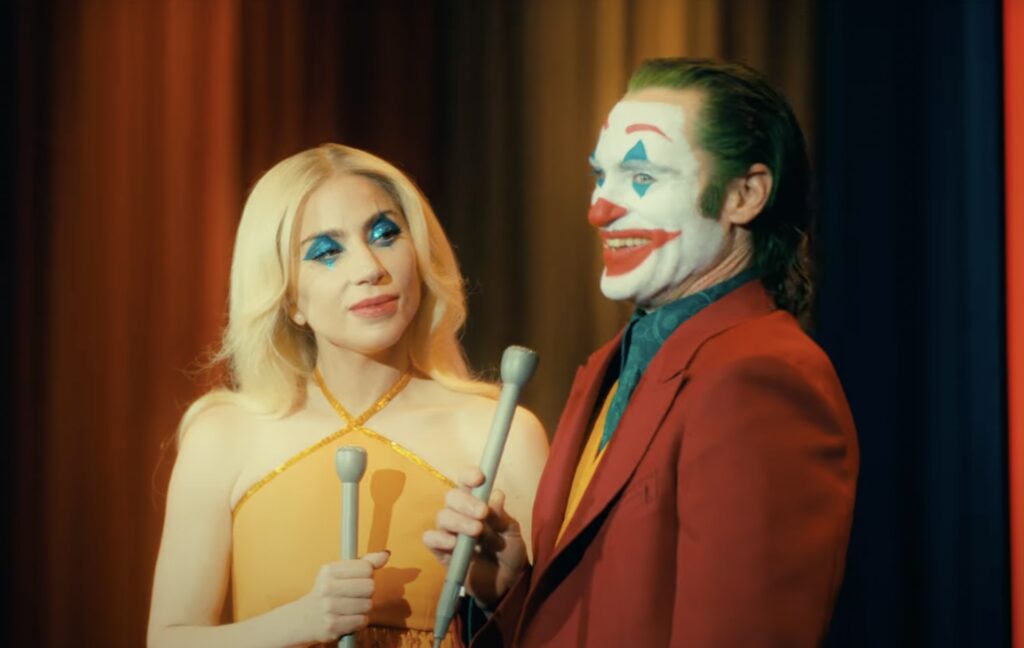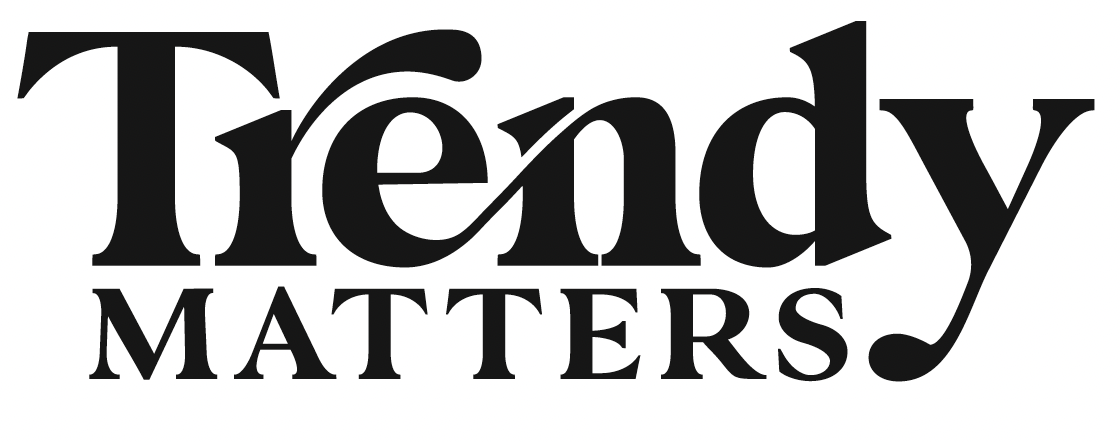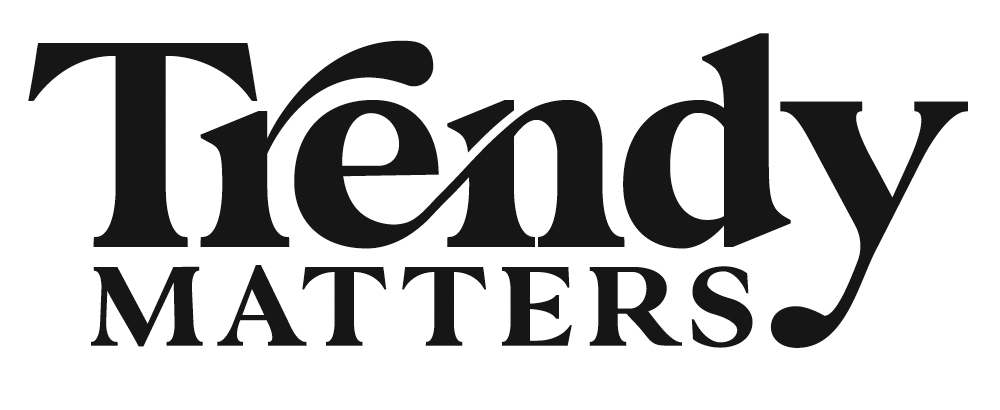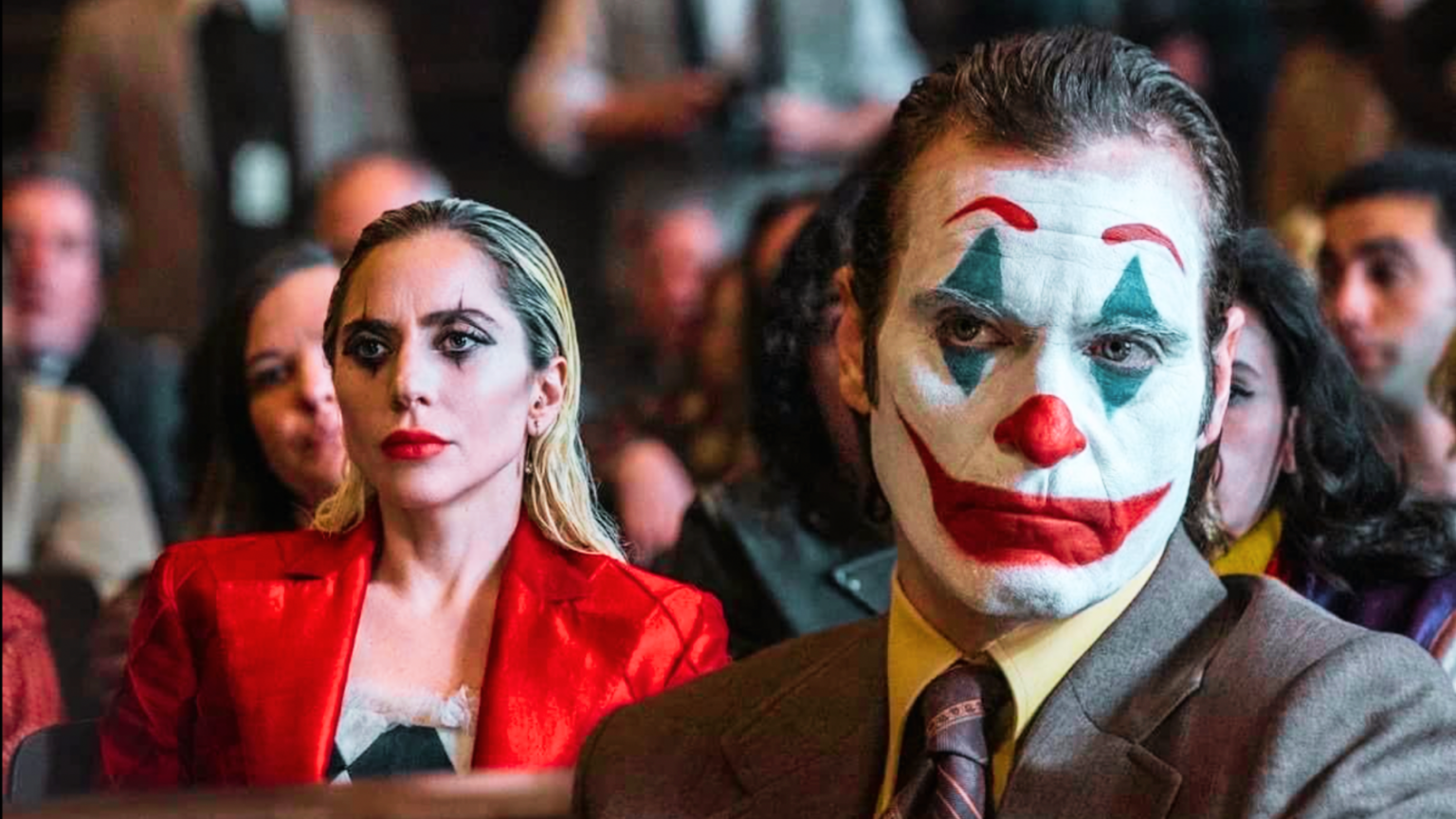If you missed Todd Phillips’ Joker: Folie à Deux, you’re not alone.
Despite following up a $1 billion hit in Joker (2019), the sequel is now making headlines for the opposite reason: bombing at the box office—despite a budget three times larger than its predecessor.
The film reportedly had an estimated production budget of $190-200 million and another $100 million poured into marketing.
Folie à Deux by the Numbers
If reported budget estimates are true, Folie à Deux has yet to break even, leaving Warner Brothers Studios holding the bag.
Ahead of its release, analysts anticipated an opening box office weekend of $50 million to $60 million. But opening night fell far short at $37,678,476.
Despite failing to meet box office projections in the U.S., where it has brought just under $58 million since its October 4 release, Jolie a Deux has performed better internationally. More than 70% of the film’s revenue has come from abroad. At the time of this writing, the film has brought in almost $136 million abroad.
The Critics Are Booing
To make matters worse, the movie has been panned by critics and fans. Rotten Tomatoes currently has the film’s overall rating at 32%, and more than 15,000 Google reviews flesh out to 1.8 stars.
So what went wrong with Phillips’ risky, genre-bending approach?
As someone who watched it and felt indifferent about it, I find it easy to see why Joker: Folie à Deux didn’t work for the audience who loved (or hated) Joker.
Joker: Folie à Deux Fails to Live Up to the First Movie
One of the main reasons Joker: Folie à Deux performed so poorly at the box office is that the filmmakers alienated the fan base.
Let’s break this down.
Joker is a film that came during the superhero genre boom and followed failed comedian Arthur Fleck as he attempted to find himself.
After being isolated, bullied, and ignored by society, Arthur finds himself descending into his Joker persona.
Phillips doubled down on a unique approach for Joker, embracing darker, anti-hero themes outside the usual comic book mold. This resonated with some audiences and repelled others, sparking discussions of incel culture and the morality of the Joker character. Joker was compelling because despite his many crimes, there was something in him that audiences resonated in a personal way. He was a villan, but his textured story made it clear why he was the bad guy.
But the original’s divisiveness wasn’t enough to keep fans away; its success was owed to bold storytelling and Phoenix’s raw, transformative performance, that earned him an Academy Award for Best Actor. Phoenix would be the second actor to win the prestigious title for his performance as Joker, following Heath Ledger’s 2009 win for his performance in The Dark Knight.
By contrast, Folie à Deux steers in an entirely new direction—a quasi-musical featuring Joaquin Phoenix and Lady Gaga. This creative swing left both mainstream audiences and comic book fans polarized. Straying even further from source material and while also incorporating surreal musical elements, Folie à Deux alienates the original film’s fanbase while leaving little appeal for broader audiences.
If you are wondering where to overlap in audiences between the Joker fandom and this film’s ravers, the answer is simple: no one.

A Hard Sell
Phillips seemed intent on challenging audience expectations, even reportedly refusing studio-requested test screenings and shifting away from Joker‘s roots.
The film’s marketing played down its musical aspects, an approach Hollywood often takes when non-singing actors, like Phoenix, take on music-heavy roles. Yet, the musical elements felt disjointed, with ‘50s and ‘60s standards awkwardly repurposed to explore Joker’s twisted romance with Gaga’s character, Quinzel Lee.
The lack of new depth for Arthur Fleck’s character and the story’s departure from his original transformation into the Joker certainly didn’t help. Unlike the Joker‘s first film, which let viewers witness Arthur’s tragic decline, Folie à Deux feels….stagnant. Arthur, now in a romantic entanglement with an equally disturbed lover, comes off as a character without growth, failing to add layers to his chaotic-but-textured character arc and legacy that build a fan base in the first place.
It’s hard to sell a movie musical to modern audiences. Often, marketing material will hide the fact that the movie is a musical, showcasing clips from dance numbers but never songs from the movie. Part of the reason is that casting non-singing actors, like Joaquin Phoenix in Joker: Folie à Deux’s case, makes it hard to engage audiences with their performance. Hollywood has repeatedly used this tactic, and now audiences have soured on movie musicals.
Even if the Joker sequel was able to hit the right notes, the story falls flat on its face, failing to add anything new to Arthur’s story. In fact, the ending suggests that his story isn’t even the origins of the Joker character that will come to be Batman’s foil.
At the film’s best, Arthur can shed his skin and tell his truth—he is afraid of what the world has turned him into.
In this moment of honesty, Philips is showing his hand to the audience. He seems to be upset that he had to sit down and make another movie that simplifies and overcorrects the themes of the first film to tell audiences who didn’t like or liked the first film a little too much why they were wrong.
But the emotional pull to Arthur isn’t there like it was in Joker. He isn’t becoming a more sinister villain, nor is he trying to right any wrongs. He is a static character in a character-driven narrative, and that’s a tough sell to get audiences on board.
Chalk it up to an inability to write a coherent musical or nihilism in the Hollywood movie-making machine, but Joker: Folie à Deux comes off like Philips didn’t care how the movie performed–how much deeper of a debt hold it put Warner Bros. Discovery in.
In conclusion, while Joker: Folie à Deux was poised for success after the massive acclaim and box office triumph of its predecessor, it instead serves as a stark reminder of the unpredictable nature of sequels in the film industry.
With a staggering budget and ambitious creative choices, the sequel ultimately alienated its core audience, leaving it to struggle both critically and financially.
As audiences grappled with the film’s departure from the original’s gripping narrative and character development, Folie à Deux has become an example of how even the most anticipated films can falter when they stray too far from what made them resonate in the first place.
In the end, the missteps of this sequel not only leave Warner Bros. in a precarious position but also challenge the notion of how far filmmakers can push boundaries without losing their audience.
Related: Quentin Tarantino Praises “Joker: Folie à Deux” Message to Audiences and Hollywood
This article is for informational purposes only. Trendy Matters has no affiliation with any of the brands or individuals mentioned, and the views expressed in this article are solely those of the author.


